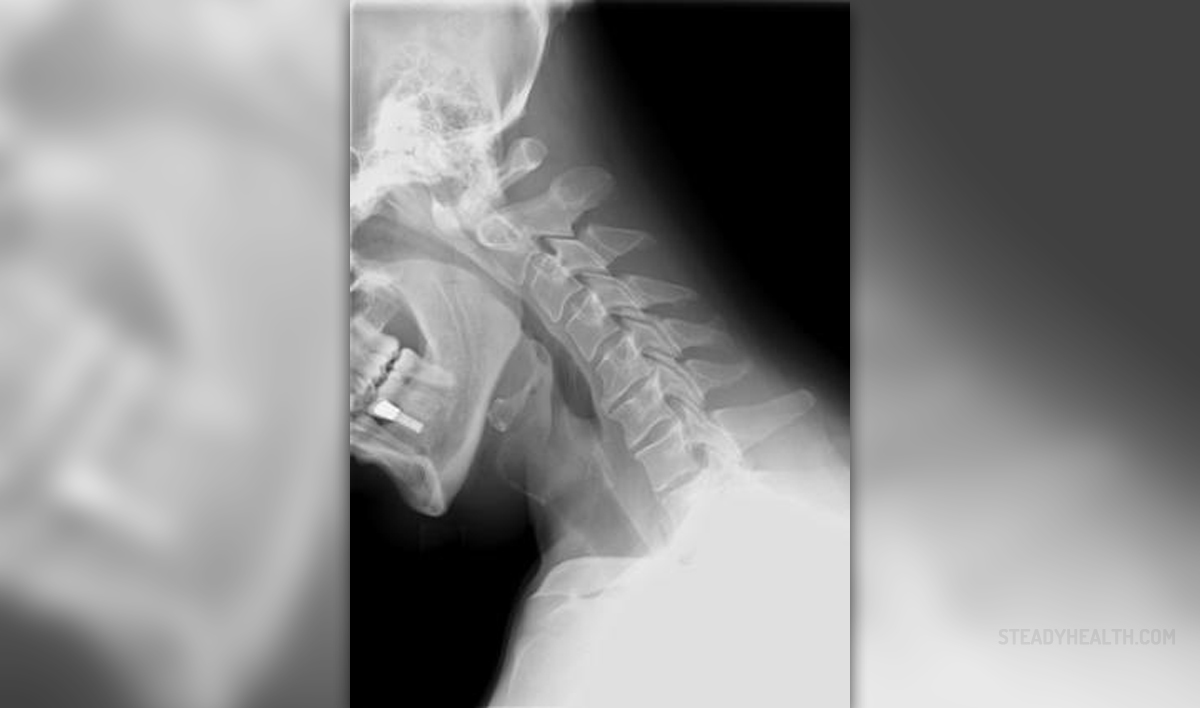
Cervical spondylotic myelopathy is a condition characterized by the compression of the spinal cord in the neck. Compression here designates pressing and squeezing, which causes additional pressure to the rest of the spinal cord. This unpleasant and often disabling condition typically affects the elderly population, but men are commonly affected earlier than the women are. This is one of the most common neck conditions affecting people, as they grow older. As one gets older, the spinal canal normally starts narrowing causing the compression of the spinal cord in the neck. In most of the cases, people will feel the first symptoms of the condition as early as in the age of 50. However, the disease may affect someone even earlier, if there has been some kind of an injury to the spine during the lifetime. The diagnosis for this disease is typically confirmed using the x-rays, magnetic resonance imaging or using a myelogram.
Symptoms of cervical spondylotic myelopathy
For most of the people, the disease starts slowly and gradually develops over many years. Only a small number of patients, up to 20% of them, may experience rapid progression of the disease. Among the most prominent symptoms of cervical spondylotic myelopathy are stiffness in the neck, arm pain, feeling of numbness or weakness in the arms and legs, stiff legs, problems with normal walking and using the hands, and even loss of bladder control. Patients affected with cervical spondylotic myelopathy will typically have problems with handwriting, feeding themselves and even buttoning the clothes.
Causes of cervical spondylotic myelopathy
In most of the cases, cervical spondylotic myelopathy develops from prolonged wear and tear of the soft-tissue in the neck, or because of a previous injury. In rare cases, the cause behind the disease is some kind of an infection or tumor. Inflammatory conditions, such as rheumatoid arthritis, can degenerate the joints in the neck, causing stiffness and pain.
Cervical disk degeneration develops gradually and typically in people over the age of 40. The disks between the vertebras serve as shock absorbers. In the process of degeneration, this disk wears out and the space between the vertebrae narrows adding additional stress on the joints and the spine.
During an injury, the neck often suffers mostly, since it is flexible and supports the head. Typically, the neck is hurt in driving accidents, in some contact sports or in a fall. Typically, the muscles and ligaments of the neck are injured in an accident, but sometimes the outcome may be even more severe, including the damage of the spinal cord.


-Causes,-Symptoms,-Diagnosis,-Treatment_f_280x120.jpg)
-And-Multiple-Sclerosis-Differences-And-Similarities_f_280x120.jpg)













Your thoughts on this
Loading...